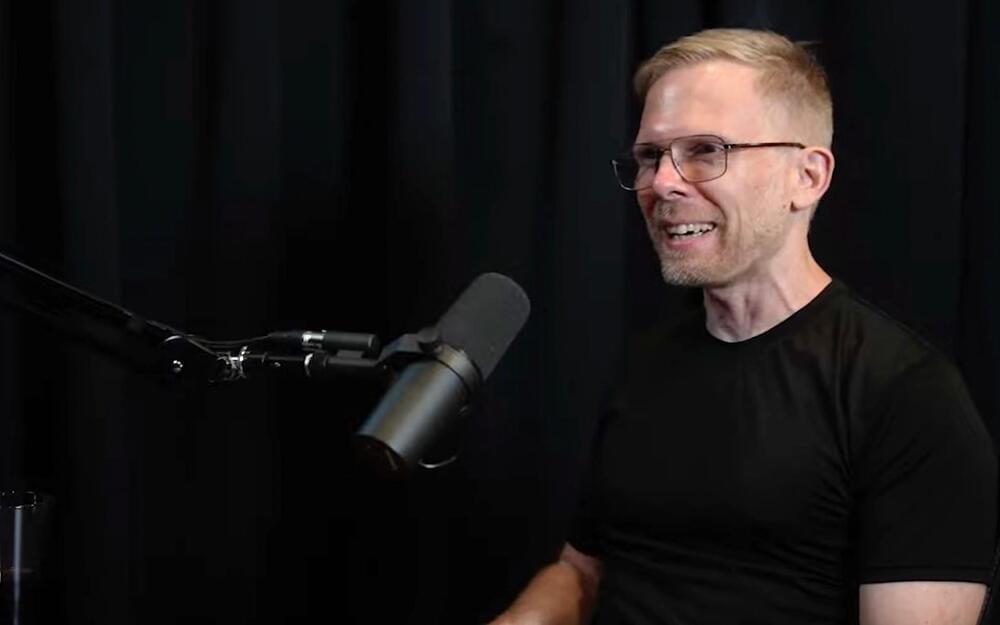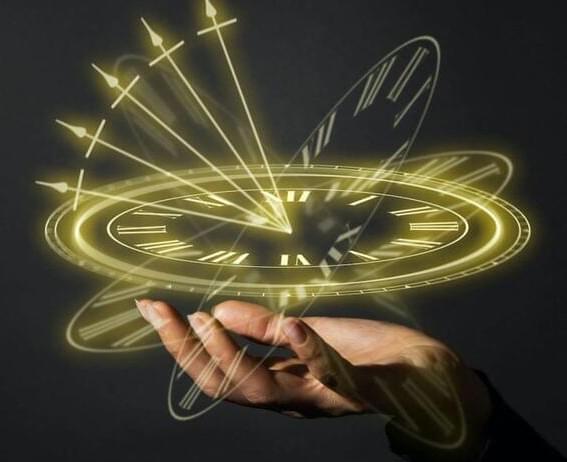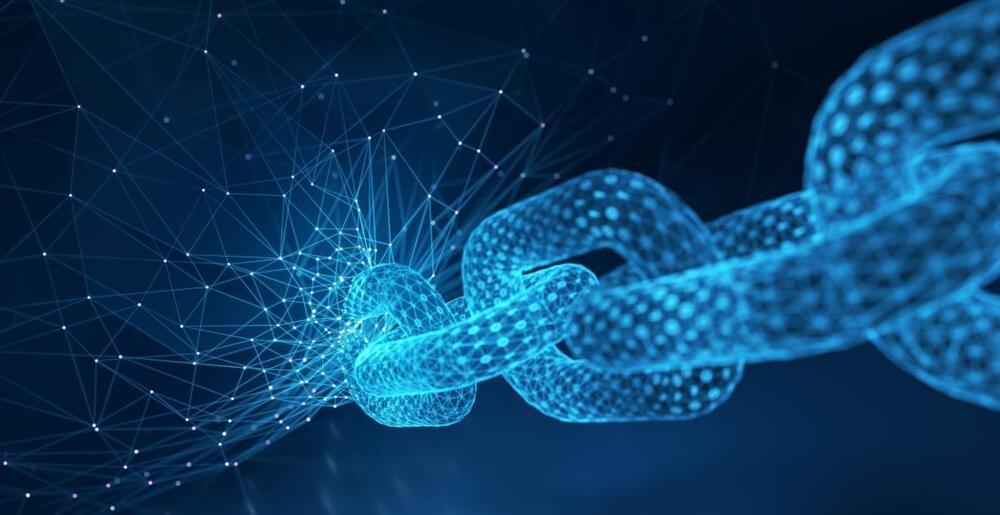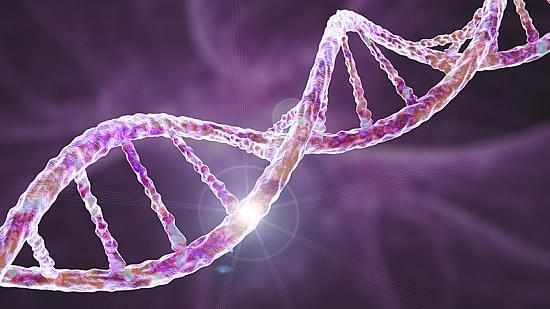Carmack, known for his work in VR and on classic games like Doom and Quake, is stepping down from his consulting CTO role at Meta.
John Carmack, a titan of the technology industry known for his work on virtual reality as well as classic games like Doom.
Carmack originally joined Oculus as CTO in 2013, after helping to promote the original Oculus Rift prototypes that he received from Palmer Luckey, and got pulled into Meta when the company (then Facebook) acquired Oculus in 2014.
“We built something pretty close to the right thing,” Carmack wrote about the Quest 2. He also said that he “wearied of the fight” with Meta, which is burning billions in its Reality Labs division to build things like VR headsets and software for its vision of the metaverse. Carmack would also write internal posts criticizing CEO Mark Zuckerberg and CTO Andrew Bosworth’s decision making while at Meta, The New York Times reported.
Bosworth, in a tweet thanking Carmack on Friday evening, said that it is “impossible to overstate the impact you’ve had on our work and the industry as a whole. Your technical prowess is widely known, but it is your relentless focus on creating value for people that we will remember most.”
This isn’t not the first time Carmack has been unhappy with Meta’s priorities for VR. The company also killed off his mobile efforts with the Samsung Gear VR — “we missed an opportunity,” he said at the time — and the low-cost Oculus Go, both of which were his projects.






